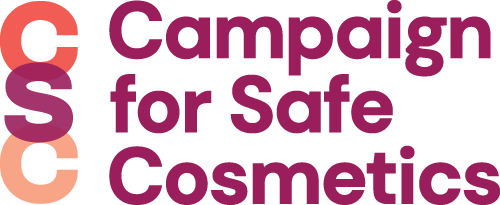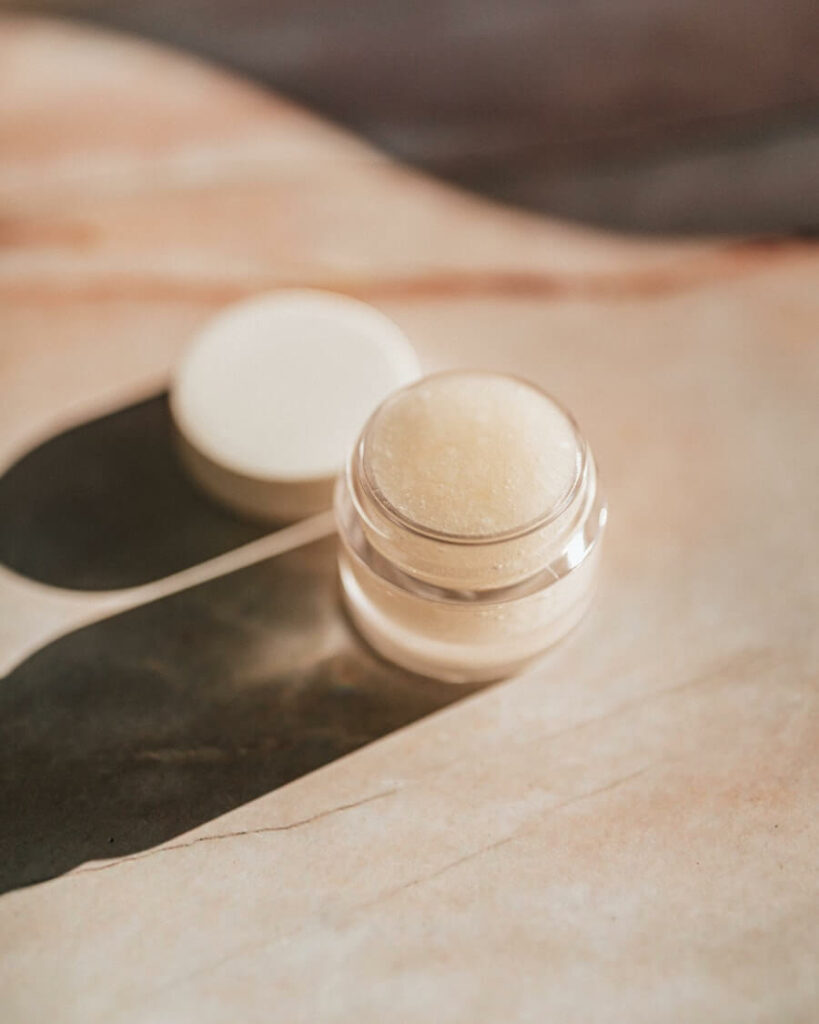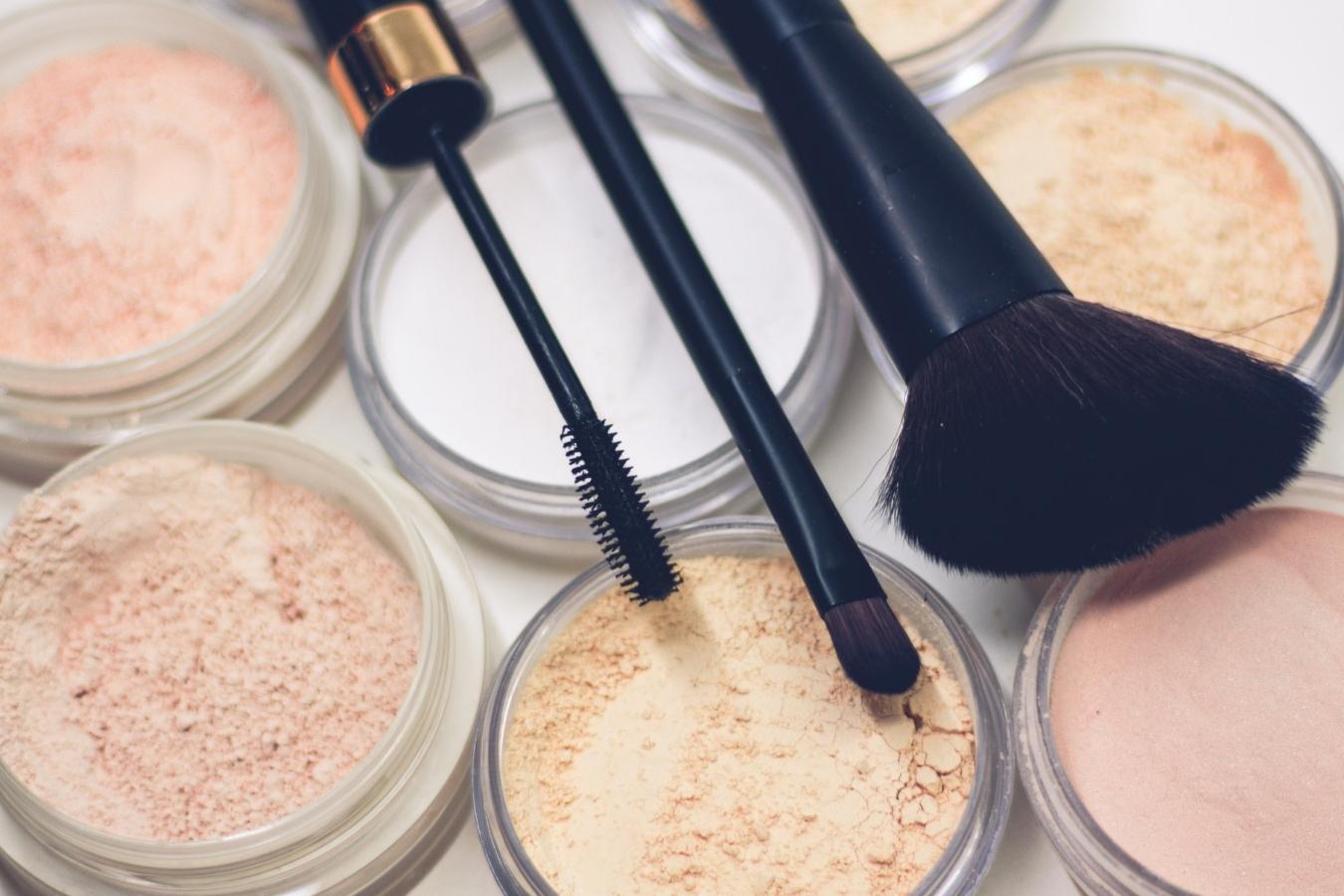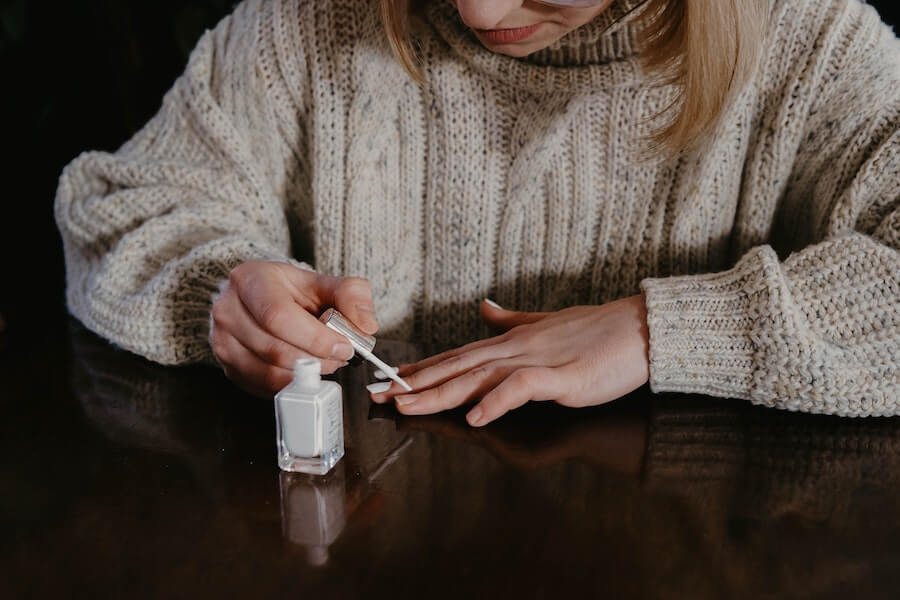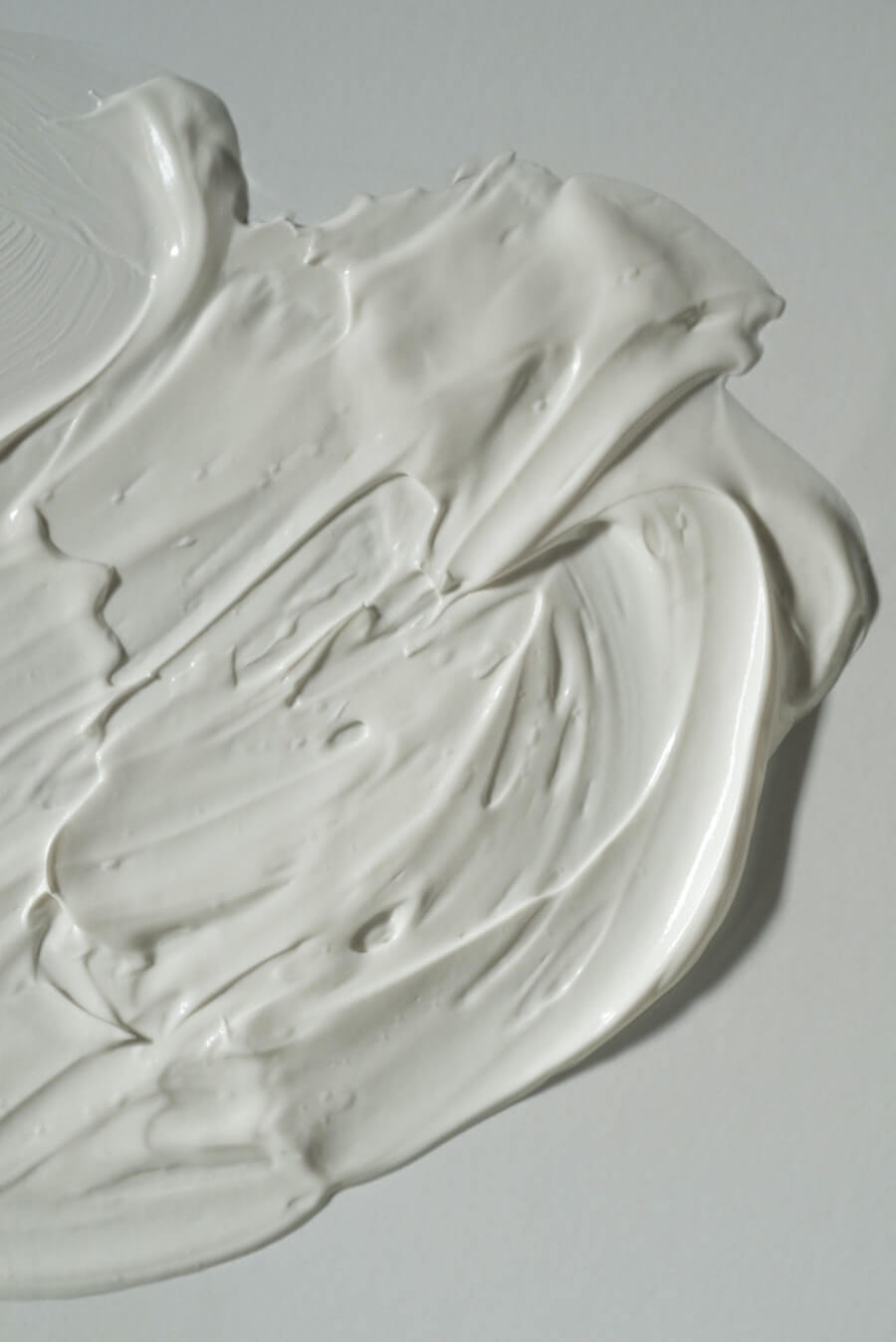[1] Brooks AC., et al. (2009). Importance of prey and predator feeding behaviors for trophic transfer and secondary poisoning. Environ Sci Technol, vol. 43, no. 20, pp 7916–7923, 2009.
[2] Kim S. & Choi K., Occurrences, toxicities, and ecological risks of benzophenone-3, a common component of organic sunscreen products: A mini-review. Environment International, vol. 70, pp 143-57, 2014.
[3] Cosmetics Info. Benzophenone-1. Available online: https://www.cosmeticsinfo.org/ingredients/benzophenone-1/. Accessed April 18, 2022.
[4] European Commission. Available online: http://ec.europa.eu/consumers/cosmetics/cosing/index.cfm?fuseaction=search.details_v2&id=28809. Accessed April 18, 2022.
[5] IARC (2012). Benzophenone. Available online: http://monographs.iarc.fr/ENG/Monographs/vol101/mono101-007.pdf. Accessed April 18, 2022.
[6] IARC (2012). Benzophenone. Available online: http://monographs.iarc.fr/ENG/Monographs/vol101/mono101-007.pdf. Accessed April 18, 2022.
[7] IARC (2012). Benzophenone. Available online: http://monographs.iarc.fr/ENG/Monographs/vol101/mono101-007.pdf. Accessed April 18, 2022.
[8] IARC (2012). Benzophenone. Available online: http://monographs.iarc.fr/ENG/Monographs/vol101/mono101-007.pdf. Accessed April 18, 2022.
[9] Toxicity Effects, National Toxicology Program. Available online: https://ntp.niehs.nih.gov/ntp/htdocs/lt_rpts/tr533.pdf. Accessed April 18, 2022.
[10] Skin Deep. Benzophenone. Available online: http://www.ewg.org/skindeep/ingredient/700684/BENZOPHENONE/. Accessed April 18, 2022.
[11] Skin Deep. Oxybenzopne. Available online: http://www.ewg.org/skindeep/ingredient/704372/OXYBENZONE/. Accessed April 18, 2022.
[12] Chemicals Known to the State to Cause Cancer or Reproductive Toxicity. Available online: https://oehha.ca.gov/proposition-65/crnr/chemicals-listed-known-state-cause-cancer-or-reproductive-toxicity. Accessed April 18, 2022.
[13] Rhodes MC., et al. Carcinogenesis studies of benzophenone in rats and mice. Food Chem Toxicol, vol. 45, no. 5, pp 843-851, 2007.
[14] IARC (2012). Benzophenone. Available online: http://monographs.iarc.fr/ENG/Monographs/vol101/mono101-007.pdf. Accessed April 18, 2022.
[15] Mikamo E., et al. Endocrine disruptors induce cytochrome P450 by affecting transcriptional regulation via pregame X receptor. Toxicology and Applied Pharmacology, vol. 193, no. 1, pp 66-72, 2003.
[16] Kerdivel G., et al. Estrogenic potency of benzophenone UV filters in breast cancer cells: proliferative and transcriptional activity substantiated by docking analysis. PLoS One, vol. 8, no. 4, pp e60567, 2013.
[17] Nakagawa Y. & Tayama K., Estrogenic potency of benzophenone and its metabolites in juvenile female rats. Molecular Toxicology, vol. 75, pp 74-79, 2001.
[18] Schlecht C., et al., Effects of estradiol, benzophenone-2 and benzophenone-3 on the expression pattern of the estrogen receptors (ER) alpha and beta. The strogen receptor-related receptor 1 (ERR1) and the aryl hydrocarbon receptor (AhR) in adult ovariectomized rats. Toxicology, vol 205, pp 123-130, 2004.
[19] European Commission. List of 146 substance with endocrine disruption classifications prepared in the expert meeting. Available online: http://ec.europa.eu/environment/archives/docum/pdf/bkh_annex_13.pdf. Accessed April 18, 2022.
[20] Kim S. & Choi K., Occurrences, toxicities, and ecological risks of benzophenone-3, a common component of organic sunscreen products: A mini-review. Environment International, vol. 70, pp 143-57, 2014.
[21] Nakagawa Y. & Suzuki T. Metabolism of 2-hydroxy-4-methoxybenzophenone in isolated rat hepatocytes and xenoestrogenic effects of its metabolites in MCF-7 human breast cancer cells. Chemico-Biological Interactions, vol. 139, no. 2, pp 115-128, 2002.
[22] Kerdivel G., et al. Estrogenic potency of benzophenone UV filters in breast cancer cells: proliferative and transcriptional activity substantiated by docking analysis. PLoS One, vol. 8, no. 4, pp e60567, 2013.
[23] Coronado M., et al. Estrogenic activity and reproductive effects of the UV-filter oxybenzone (2-hydroxy-4-methoxyphenylmethanone) in fish. Aquatic Toxicology, vol. 90, no. 3, pp 182-6, 2008.
[24] Schlecht C., et al., Effects of estradiol, benzophenone-2 and benzophenone-3 on the expression pattern of the estrogen receptors (ER) alpha and beta. The strogen receptor-related receptor 1 (ERR1) and the aryl hydrocarbon receptor (AhR) in adult ovariectomized rats. Toxicology, vol 205, pp 123-130, 2004.
[25] Kerdivel G., et al. Estrogenic potency of benzophenone UV filters in breast cancer cells: proliferative and transcriptional activity substantiated by docking analysis. PLoS One, vol. 8, no. 4, pp e60567, 2013.
[26] Kerdivel G., et al. Estrogenic potency of benzophenone UV filters in breast cancer cells: proliferative and transcriptional activity substantiated by docking analysis. PLoS One, vol. 8, no. 4, pp e60567, 2013.
[27] Kunz, P. Y., Galicia, H. F., & Fent, K. (2006). Comparison of in vitro and in vivo estrogenic activity of UV filters in fish. Toxicological Sciences, 90(2), 349-361.
[28] Zucchi, S., Blüthgen, N., Ieronimo, A., & Fent, K. (2011). The UV-absorber benzophenone-4 alters transcripts of genes involved in hormonal pathways in zebrafish (< i> Danio rerio</i>) eleuthero-embryos and adult males. Toxicology and applied pharmacology, 250(2), 137-146.
[29] European Food Safety Authority. EFSA Panel on food contact materials, enzymes, flavoring and processing aids (CEF). The EFSA Journal. Available online: http://www.efsa.europa.eu/en/efsajournal/pub/1104. Accessed April 18, 2022.
[30] Fediuk DJ., Tissue disposition of the insect repellent DEET and the sunscreen oxybenzone following intravenous and topical administration in rats. Biopharm Drug Dispos, vol. 32, no. 7, pp 369-79, 2011.
[31] European Food Safety Authority. Available online: http://www.efsa.europa.eu/en/efsajournal/pub/1104. Accessed April 18, 2022.
[32] Weisbrod CJ., et al. Effects of the UV Filter Benzophenone-2 on Reproduction in Fish. Toxicology and applied pharmacology, vol. 225, no. 3, pp 255-66, 2007.
[33] Agin PP., et al. Rates of allergic sensitization and irritation to oxybenzone-containing sunscreen products: a quantitative meta-analysis of 64 exaggerated use studies. Photodermatology, Photoimmunology & Photomedicine, vol. 24, no. 4, pp 211-7, 2008.
[34] Nedorost S., Facial erythema as a result of benzophenone allergy. Journal of the American Academy of Dermatology, vol. 49, no. 5, pp259-261, 2003.
[35] Cosmetics Info. Benzophenone-1. Available online: https://www.cosmeticsinfo.org/ingredients/benzophenone-1/. Accessed April 18, 2022.
[36] IARC (2012). Benzophenone. Available online: http://monographs.iarc.fr/ENG/Monographs/vol101/mono101-007.pdf. Accessed April 18, 2022.
[37] Kim S. & Choi K., Occurrences, toxicities, and ecological risks of benzophenone-3, a common component of organic sunscreen products: A mini-review. Environment International, vol. 70, pp 143-57, 2014.
[38] Kim S. & Choi K., Occurrences, toxicities, and ecological risks of benzophenone-3, a common component of organic sunscreen products: A mini-review. Environment International, vol. 70, pp 143-57, 2014.
